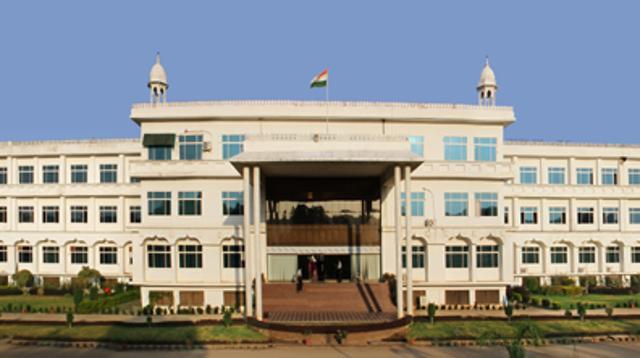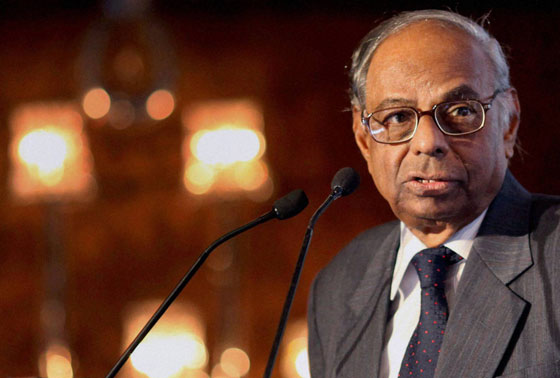At the peak of 2010 unrest, Union government initiated a policy that would help students from J&K to study in major educational institution in plains. Almost half a decade after the Prime Minister’s Special Scholarship Scheme, Tasvur Mushtaq offers the details of scheme’s successes and failures

Almost a year ago, Kohlis of Panjtirthi, Jammu were jubilant. Ajay Kohli, their only son was selected for admission in a prestigious college under the Prime Minister’s Special Scholarship Scheme (PMSSS) – a scholarship program meant for J&K students. Today the family is disappointed and Ajay is heartbroken. His only hope is a promise that governor’s advisors made to him after he met them in his last ditch effort to save his career.
Belonging to a poor family, Ajay was selected for a BSc course in Christian Medical College, Vellore, a college offering MBBS courses, under the Prime Minister’s scheme. With selection letter in pocket, he wasted no time to reach the college. He was on the road soon. The college was not offering this course at all.
Apparently some babu in the central government had wrongly mixed courses and colleges and passed on the list without giving much thought. Realizing this, governor’s advisor raised the issue immediately with the relevant quarters in Delhi. “They have assured help in getting the college changed, if not the course,” Ajay told Kashmir Life.
Ajay is not alone. There are many students selected for this scholarship in last five years. Some were benefitted but many others either left their courses midway or did not find the allotted stream suitable enough to join.
The scheme has seen many highs and lows since its implementation in 2011-12. It ran into rough weather mainly for two reasons; government’s failure to release payments in time and fear of violence against J&K students studying outside their home state. In certain cases of student unrest, the incidents snowballed into political controversies as they led to rustication of many J&K students.
Envisaged as a Rs. 1200 crore initiative by Delhi to possibly ‘mainstream’ J&K youth, PMSS was started on the recommendations of an expert committee constituted by the Prime Minister on August 18, 2010. The objective of the scheme was to “enhance employment opportunities in J&K and to formulate jobs’ plan involving the public and private sectors.”
In order to gauge its effectiveness and to analyze how far it was beneficial to students, HRD Ministry assigned a ‘mid-term study’ to National University of Educational Planning and Administration. The study covering 703 students studying in twenty six institutions of Haryana and Uttar Pradesh has flagged various concerns while assessing the effectiveness of the scheme.
The scheme started in 2011-12 by making available 5000 scholarships annually to
J&K students to pursue various courses.
Under the scheme the beneficiaries are eligible for receiving yearly tuition fee up to Rs 30,000 for general degree course; up to Rs 1.25 lakh for engineering course and up to Rs 3.00 lakhs for MBBS and BDS courses. Besides, hostel fees and incidental charges upto Rs 1.00 lakh are provided for all categories of courses.
Students with a family income of not more than Rs 6.00 lakh, appearing for the Class XII or equivalent exam and seeking to pursue education in institutes located outside J&K, are eligible for the scholarships. Also, there is an internal earmarking of scholarships for SC, ST and OBC categories as per the quota prescribed for J&K.
Scholarship renewal is based on the good conduct and prescribed attendance. Students failing to get promoted to the next class / level continue to get the scholarship in the following year, subject to the condition that if the student fails second time, scholarship would stop.

The report provides some interesting information about the PMSSS ‘success’. In 2011-12, for example, it reports that “due to unawareness among the people of state,” only 38 students (0.76 %) were awarded the scholarships out of the total 5000 scholarships available.
In 2012-13, the percentage improved as out of total 6,108 applications received, 61.80 % (3562) got selected in different courses. In that year, the engineering courses were opted by 58.91 percent of the students while other 10 percent of the total eligible students were selected for medical courses.
In the following year, out of 6726 applicants, 3747 (68.17 %) were found eligible and awarded scholarships. September 2014 floods, however, proved to be a dampener. Out of total 9371 applications received that year, only 22.43 per cent (2102) got scholarship. In medical stream alone, “more than 90 percent of the seats under medical category were vacant,” the report adds. In the academic year, 2015-16, 3742 students have been awarded scholarships.
The government continued adding institutions for admissions under the scheme. The number of institutions was 335 in 2012-13, 476 in 2013-14 and 1849 in 2014-15.
Since the scheme does not cover any institution from J&K, the study found that one of issues faced by students is that “students going out of J&K to pursue general degree courses come back citing issues like regional language being the medium of instruction and major problem faced bygirl students is that of hostel facility.” State officials suggested that “students and parents should know all the formalities of the Scheme before admission.”
Interestingly, even as the scheme boasts of providing 5000 annual scholarships, most of the scholarships, 4500 to be precise, are provided for general courses and only 250 each for medical and engineering courses. Since pursuing a general course within J&K is in any case cost effective for the students, most of them do not join the colleges outside J&K even after getting scholarships. The report rightly observes that, “students are more interested in professional courses instead of General degree courses” and recommends that “the number of seats in professional courses may be increased.”
This is further corroborated by the data provided by AICTE which implements the scheme. It shows that in 2015-16, out of 3742 students, 1629 were allotted provisional admission letters for engineering and technology courses and 2113 for general courses. Out of these 1629, the number of students finally seeking admissions to engineering colleges was 900. In case of general courses, however, only 250 of the 2113 selected students took admissions.
The report reveals lack of awareness among the students about the scheme. Out of 100 students of SP College, Srinagar interviewed, only 10 were aware about the scheme. Those who were aware said that the “application procedure was slow and no proper information was available”. “Counseling centre was far and considerable financial constraints were faced in visiting these Centers”, the report says adding that, ‘abject poverty’ is one of the reasons for not attending counseling centers! The report also attributes slow takeoff of the scheme to low family incomes. It concludes that “the average size of the family has average income…and they do not want to spend it over education and instead want it to be spent on increasing the means of production…”
The respondents suggested the scholarship procedure should be revised and the list of colleges should be prepared on the basis of merit list. More awareness should be created among students from far-flung areas. Special provisions to encourage girls should be made byproviding a separate merit list and counseling centers. The respondents also highlighted the problems faced by them “while applying for admission to colleges”. These included, “colleges asking them to pay fees and donations, chosen branch and institution not being allotted, non-cooperative college administration, fund given in advance to institutes, delay in receiving of scholarship,lack of awareness about the fee structure etc.”
Many students reported that “in the event of delay in Scholarships, students had to regularly visit AICTE office and they were also threatened by the college authorities in the form of imposing fines and not allowing them to sit for exams leading to mental harassment.” In many cases the students ‘did not know the reason for non-renewal of scholarship.’
The institutional heads, on the other hand, are skeptical “about the fact that scholarship amount should be disbursed into students’ accounts.” They feel that, “since the institution does not charge tuition, university and hostel fees in advance therefore, many students may not come back to clear their fees / dues when the scholarship amount is disbursed to their accounts.”
One serious concern flagged by the study was of corruption. The report revealed that “while applying for the scholarship, students disclosed that some of them were asked for donations, while some paid money to NGOs and private counselor.”
The report concludes that the scheme has largely benefitted students in chasing their dreams despite a few loopholes and security related issues. It says that the students want that the “scheme should be continued and extended to the master’s level.”
In order to make the implementation of the scheme more effective and transparent, the report suggests procedures should be made online and scholarships should be given on performance basis. No involvement of third party / NGOs should be permitted and admissions should be made only after thoroughly checking eligibility with the facility of choosing the institutions available to students. It also suggests publishing of the scheme details, “at least six months in advance in all schools and list of eligible candidates in local newspapers to make the system more transparent.”















